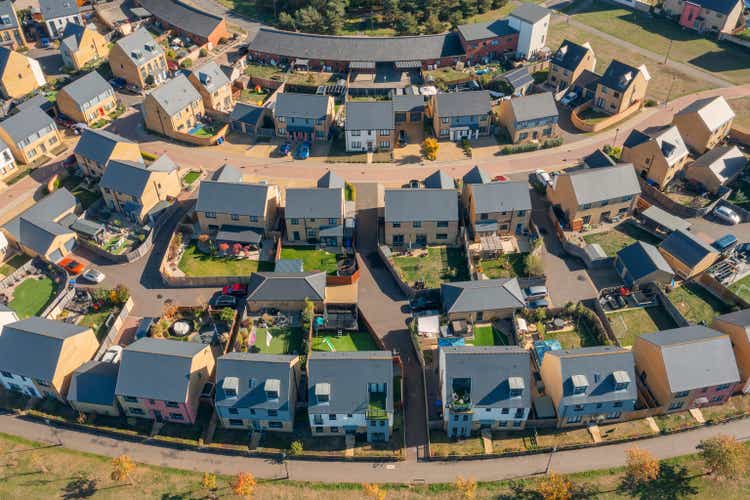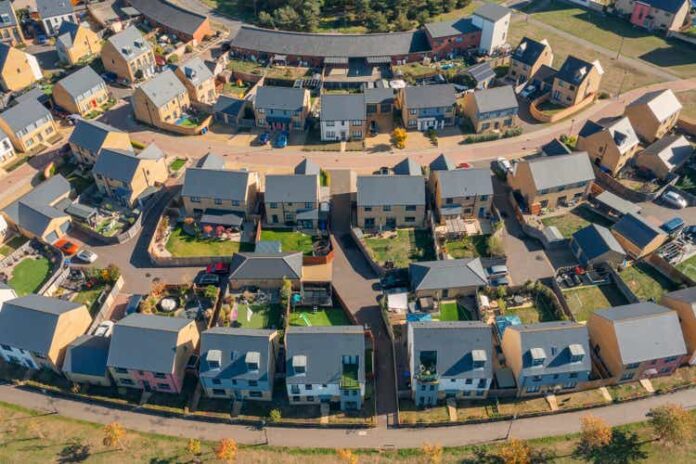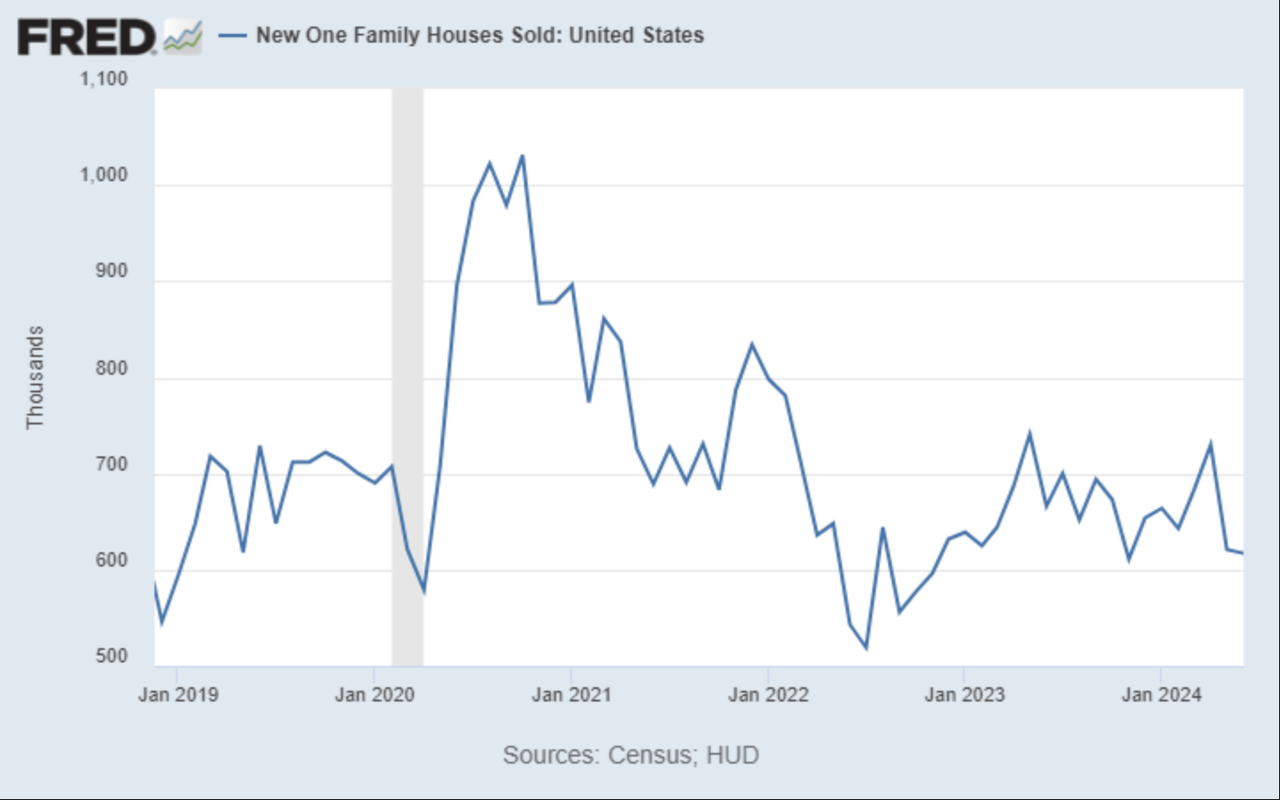
Justin Paget
Homebuying in the U.S. will remain sluggish until a combination of stronger income growth and lower mortgage rates – closer to 6% – helps restore affordability in the housing market, Fannie Mae (OTCQB:FNMA) predicted.
Granted, mortgage rates have been making lower-highs (i.e., trending down) since late last year, as bond-market investors “now appear to expect slower paths for economic growth and inflation,” noted Mark Palim, vice president and deputy chief economist at Fannie Mae. The contract rate on a 30-year fixed mortgage was 6.49% at Aug. 15, down from the cycle peak of 7.80% at Oct. 25, 2023.
“On its face, the lower rate environment should be good for home sales by helping loosen the grip of the so-called ‘lock-in effect,’ in addition to aiding affordability more generally,” Palim said. Still, he added, mortgage applications, listings views and other high-frequency data “suggest that many potential homebuyers remain reluctant to make the jump.” That’s especially true as home price growth continues to outpace that of incomes.
Interestingly, mortgage refinancing is experiencing a notable rebound as borrowing costs ebb, while purchase demand remains depressed. In a recent X post, Renaissance Macro Research said that refi has surged 118% from a year ago, while loan applications for home purchases retreated about 8%.
Even with the recent slide in mortgage rates, Fannie Mae’s (OTCQB:FNMA) Economic and Strategic Research Group expects total home sales to come in lower than previously forecast (at 4.78M units) through the remainder of 2024, and then not pick up meaningfully until further out in 2025 (at 5.19M units). It forecasts mortgage rates to average 6.4% by the end of this year and 5.9% by the end of next year.
The ESR Group continues to perceive greater strength in new home sales compared to existing home sales, given that robust margins for homebuilders are expected to lead to concessions in the upcoming quarters. Still, a short-term slowdown in new starts is anticipated due to the increased number of homes already under construction, which is likely to postpone new projects until the existing inventory is sold.
Mortgage rates remain quite elevated relative to before the Federal Reserve started its rate-hiking campaign in March 2022. But that doesn’t seem to bother D.R. Horton (NYSE:DHI), the U.S.’s largest homebuilder, thanks to a combination of still-limited supply and favorable demographics.
Likewise, Lennar’s (NYSE:LEN) fiscal Q2 earnings, posted in mid-June, surpassed the average analyst estimate, as sales incentives helped to buoy orders and deliveries in the three-month period. PulteGroup’s (NYSE:PHM) Q2 earnings also topped Wall Street expectations, helped by increases in closings, average sales price and gross margin.
Other homebuilders: KB Home (NYSE:KBH), Toll Brothers (NYSE:TOL), Beazer Homes (NYSE:BZH), Tri Pointe Homes (NYSE:TPH), NVR (NYSE:NVR), Taylor Morrison Home (NYSE:TMHC), Meritage Homes (NYSE:MTH).
Real estate brokerages: Redfin (NASDAQ:RDFN), Zillow (NASDAQ:Z) (NASDAQ:ZG), Compass (NYSE:COMP), Opendoor Technologies (NASDAQ:OPEN), Re/Max (RMAX).
More on Beazer Homes, Compass, etc.
Source link







